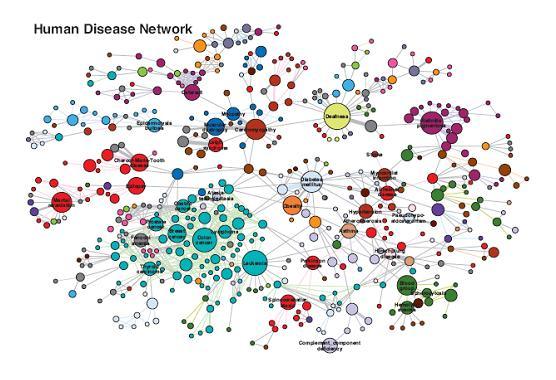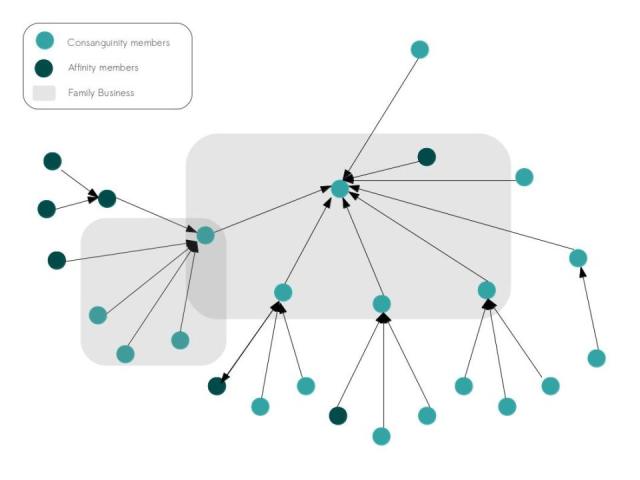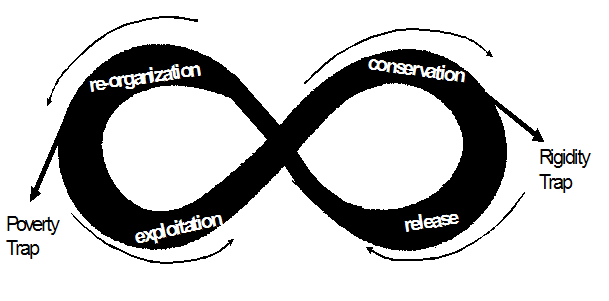
The task for this post is to define industrial ecology in a way that fits my national culture, and make explicit my specific national elements in this definition. I would like to do this a little different by first giving the definition of industrial ecology, then using Hofstedes theory to analyse the Mexican cultureand to propose an explanation on how certain cultural elements help to adopt a sustainable development (and industrial ecology) philosophy more easily than others.
Industrial Ecology
Industrial ecology (IE) is a multidisciplinary field of research that is concerned with the impacts of industrial activities i.e waste disposal, supply of natural resources, etc. In IE these types of problems are examined through multiple perspectives i.e. sociology, environment, economy, etc. to arrive to sustainable, innovative solutions. In IE, as its name may hint, inspiration to improve industrial systems and to reduce their impact comes from the natural systems (Wikipedia).
In this field of research it is recognized that solving problems involves a holistic understanding of the problem. The problems cannot be viewed in isolation but rather as an interconnected part of a whole. Thus, in IE, problems are analyzed through a systems thinking approach. These systems are usually complex and thus difficult to completely understand. Finally IE can be defined as a “systems based, multidisciplinary discourse that seeks to understand emergent behavior of complex integrated human/natural systems” (Allenby, 2006).
Culture is a “pattern of shared basic assumptions invented, discovered, or developed by a given group as it learns to cope with its problems of external adaptation and internal integration, that have worked well enough to be considered valid and therefore, to be taught to new members as the correct way to perceive, think and feel in relation to those problems.
[Schein 1992]
As mentioned before, IE is related the implementation novel, sustainable solutions to industrial problems. National culture has a partial contribution on the way in which a nation as a whole deals with its problems. This may contribute to explain why some nations are prone to adopt an IE philosophy of dealing with problems more easily than others.
Geert Hoftede proposes a theory of culture analysis through five dimensions. In these five dimensions he saw systematic differences between national cultures. The scores in one dimension can also be found to correlate with other data i.e individualism is correlated with a nation’s wealth (“Hofstede Centre”). This theory has been used to in various fields as a paradigm of research. In this post I will use Hofstedes dimensions to compare cultural traits between Mexico (my country of origin) and the world’s most sustainable countries according to Yale University Environmental Performance Index (EPI). According to the EPI score 2012, the 10 most sustainable countries were Switzerland, Latvia, Norway, Luxemburg, Costa Rica, France, Austria, Italy, Sweden and the United Kingdom (Latvia will be left out because of lack of data). Most of them have similar scores in the dimensions, except some exceptions.
Hofstede’s four dimensions:
Power distance (PDI)
“Is the extent to which people accept power differences & consider themselves as unequal.” (Boons)
Mexico score quite high in PDI, with 81 points. “This means that people accept a hierarchical order in which everybody has a place and which needs no further justification. Hierarchy in an organization is seen as reflecting inherent inequalities, centralization is popular, subordinates expect to be told what to do and the ideal boss is a benevolent autocrat.” (“Hofstede Centre”)
The most sustainable countries (according to the EPI) had low PDI. With exception of France, with 68, most of them scored below 50. The average of these countries with low PDI was 37. Although we can see cases of sustainable countries with high PDI, social equity is an important value for sustainability.
Individualism (IND)
“Is the degree of interdependence a society maintains among its members […] it has to do with whether people´s self-image is defined in terms of ‘I’ or ‘We'” (“Hofstede Centre”)
Mexico scores low in IND, with 30 points. Countries with los IND are considered collectivist societies, which mean they belong to groups that take care of each other in exchange for loyalty. The most sustainable countries generally score low in IND, meaning they tend to be individualist societies, in which people look after themselves and their direct family only. Costa Rica is the exception that with the IND of 15, is considered a collectivist country. Through my point of view an individualist country is prone of being sustainable because every individual takes responsibility for their actions; otherwise in collectivist countries responsibility can be shifted to other members of that group and can easily be lost. In the other hand collectivist countries tend to maintain stronger relationships and build trust among members of groups, these two characteristics are important when building socio-economic links necessary for sustainable organizations.
Masculinity (MAS)
It is what motivates people in a society, either “wanting to be the best (masculine) or liking what you do (feminine) […] A high score (masculine) indicates that the society will be driven by competition, achievement and success, with success being defined by the winner / best in field […] A low score (feminine) means that the dominant values in society are caring for others and quality of life.” (“Hofstede Centre”)
With a score of 69, Mexico ranks as a masculine society. Sustainable countries ranked the most differently in this dimension, with a range from 8 to 79. Out of the nine countries five had low scores (below 50, feminine), and four countries had high score (above 50, masculine). Thus, with these data no correlation can be done between sustainability and the masculine dimension.
Uncertainty avoidance (UAI)
“Is the degree of anxiety felt in uncertain situations” (Boons). This anxiety to the unknown or the future has been dealt differently in different cultures. Some have created strict rules, beliefs and institutions to try to avoid uncertain situations.
Mexico, scores high on this dimension (82), thus is very prone to uncertainty avoidance. These types of cultures are characterized by the need for rules, the urge to work hard, the resistance to innovation and security as individual motivation, among others. The most sustainable countries (according to the EPI) score low in uncertainty avoidance. Seven out of nine countries score below 50. To my perspective having low uncertainty avoidance allows a country to be more creative, to take risks and create innovations. All of these are important characteristics for the adoption a sustainable philosophy of dealing with problems.
Long term orientation (LTO)
“Is the extent to which a society shows a pragmatic future-oriented perspective rather than a conventional historical short-term point of view.” (“Hofstede Centre”)
There is no score available for Mexico on this dimension, but with my experience in comparing my culture to others I can assume that Mexico has a short term orientation culture. The most sustainable countries (according to the EPI) also ranked low in LTO. Out of nine countries, seven have scores below fifty. As for the res there is no information available. To my opinion a long-term orientation perspective is important for multi-generational planning, a valuable asset for sustainable development.
I must conclude that through this analysis Mexico has no cultural elements that would encourage it to adopt a sustainable philosophy or an Industrial Ecology perspective. This conclusion is not very far from my opinion on the topic. I think my country need some deep, real changes culture wise in order to continue its development but in a sustainable manner.
Allenby, Brad (2006). “The ontologies of industrial ecology”. Progress in Industrial Ecology (Inderscience Enterprises Ltd.) 3 (1/2): 28–40. doi:10.1504/PIE.2006.010039. http://enpub.fulton.asu.edu/cesem/paper/PIE.pdf.
“Industrial ecology.” Wikipedia. N.p.. Web. 31 Dec 2012. .
Boons, Frank. “SSPM.” N.p., 22 2012. Web. Web. 31 Dec. 2012.
“National cultural dimensions.” The Hofstede Centre. N.p., 20 2012. Web. 31 Dec 2012. .



















